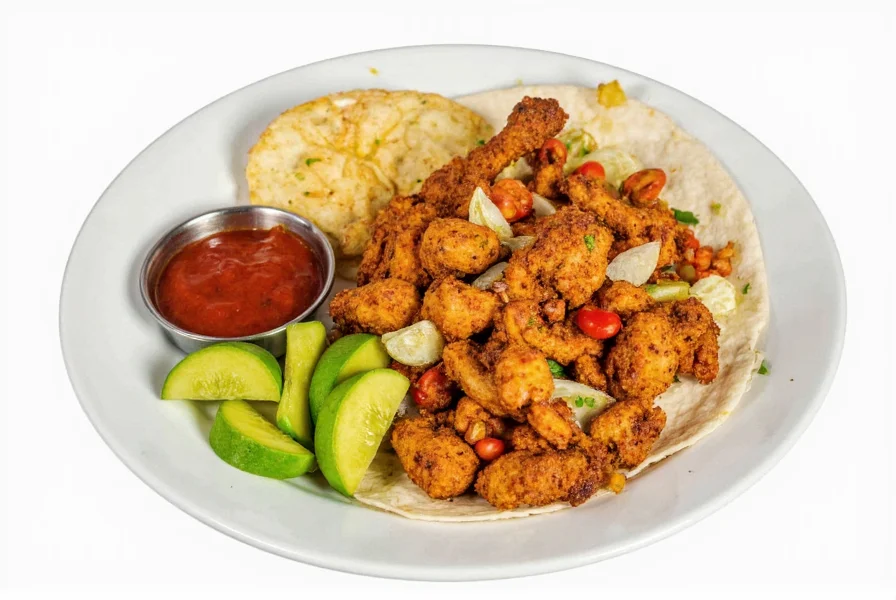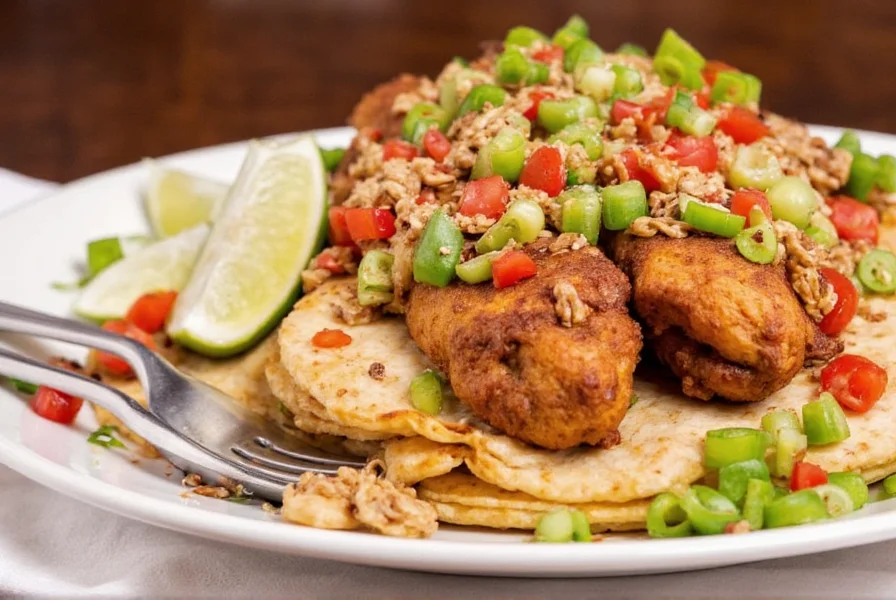Spice, Sizzle, and Succulence: The Global Journey of Chicken Schwarma
In the bustling streets of Istanbul, Cairo, Tel Aviv, and even Los Angeles, one thing remains constant — the irresistible aroma of chicken schwarma sizzling on a vertical spit. It's not just a sandwich; it’s a culinary experience woven through centuries of trade, conquest, migration, and innovation. Whether you're a spice connoisseur or a curious foodie, this journey through the history, flavors, and variations of chicken schwarma is for you.
Table of Contents
- Origins: From Ottoman Kebabs to Street Food Royalty
- The Spice Mix Behind the Magic
- How to Marinate Like a Pro
- Global Twists on Chicken Schwarma
- Essential Tools for the Home Chef
- Buying Guide: Where to Find the Best Ingredients
- Conclusion: A Taste That Travels Through Time
Origins: From Ottoman Kebabs to Street Food Royalty
Let’s rewind to the 19th century in the heart of the Ottoman Empire. While kebabs were already popular, the concept of stacking meat vertically and slicing it off as it roasted was revolutionary. This technique, now known as shwarma, comes from the Arabic word “tawarma,” meaning “to turn.”
Chicken became a popular alternative to lamb and beef in areas where poultry was more accessible, cheaper, or preferred for religious reasons. Over time, it made its way across the Middle East, North Africa, and eventually into Europe and the Americas via migration and globalization.

The Spice Mix Behind the Magic
The soul of chicken schwarma lies in its seasoning. Each region puts its own spin on the spice blend, but some ingredients are non-negotiable:
- Turmeric – Adds warmth and color
- Cumin – Earthy depth
- Paprika – Smoky sweetness
- Ginger – Bright kick
- Nutmeg – Subtle richness
- Garlic powder – Umami punch
- Salt & black pepper – Balancing act
| Spice | Primary Flavor | Usage (per kg chicken) | Origin Influence |
|---|---|---|---|
| Turmeric | Earthy, warm | 1 tsp | Middle Eastern, Indian |
| Cumin | Nutty, smoky | 1.5 tsp | Mediterranean, Levantine |
| Paprika | Smoky, sweet | 1 tsp | Eastern European influence |
| Ginger | Peppery, bright | ½ tsp | Arabian, South Asian |
| Nutmeg | Woody, rich | ¼ tsp | Ottoman fusion |
How to Marinate Like a Pro
Marinating chicken for schwarma isn’t just about slapping spices on meat. It’s a careful balance of flavor infusion and tenderizing action. Here’s how to do it right:
- Choose the Right Cut: Boneless thighs work best due to their juiciness and fat content.
- Use Acid for Tenderization: Lemon juice or vinegar softens the meat and enhances flavor penetration.
- Add Oil for Moisture: Olive oil keeps the chicken from drying out during roasting.
- Give it Time: At least 4 hours in the fridge. Overnight is ideal.
- Layer Flavors: Some chefs add minced garlic, grated onion, or even yogurt for an extra dimension.

Global Twists on Chicken Schwarma
As chicken schwarma traveled the world, it absorbed new influences and evolved into exciting forms:
- Greek Souvlaki: Cubed and grilled over open flame with oregano and lemon.
- Mexican Al Pastor: Inspired by Lebanese immigrants, uses pineapple and chilies.
- Indian Tandoori Schawerma: Marinated in tandoori masala and grilled in a clay oven.
- French Schawerma Burger: Served inside a brioche bun with truffle aioli.
- New York Style Wrap: Loaded with fries, tahini, and pickles in a large pita wrap.

Essential Tools for the Home Chef
While professional schawerma restaurants use towering vertical spits, you can recreate the magic at home with basic tools:
- Skewers: Metal ones are best for even cooking and easy flipping.
- Grill or Broiler: For that charred exterior and juicy center.
- Bowl & Brush: For marinating and applying sauce evenly.
- Cast Iron Pan: Great for searing chicken slices after grilling.
| Tool | Description | Best Use Case |
|---|---|---|
| Vertical Rotisserie Kit | Attachable to standard ovens for authentic spit-roasting | For enthusiasts aiming for professional results |
| Cast Iron Skillet | Retains heat well, ideal for finishing slices | Dinner parties and family meals |
| Heavy Duty Tongs | Perfect for turning skewers without burning fingers | Backyard grilling sessions |

Buying Guide: Where to Find the Best Ingredients
Quality matters when it comes to making outstanding chicken schawerma. Here's a quick guide to sourcing top-notch ingredients:
- Organic Chicken Thighs: Free-range and hormone-free for better flavor and texture.
- Fresh Spices: Buy whole and grind yourself for maximum potency.
- Artisan Tahini: Look for creamy consistency and no added preservatives.
- Homemade Garlic Sauce: Made with real garlic, lemon juice, and high-quality olive oil.
Top Product Picks
| Product | Description | Features | Target Audience | Occasions |
|---|---|---|---|---|
| Organic Valley Chicken Thighs | Free-range, antibiotic-free, USDA certified | Juicy, flavorful, consistent texture | Health-conscious home cooks | Weekend dinners, special gatherings |
| Penzeys Shawarma Seasoning Blend | Premixed spice combo inspired by traditional recipes | Balanced flavor, easy to use | Busy professionals, novice cooks | Quick weekday meals, meal prep |
| Soom Foods Tahini | Smooth, nutty, lightly sweetened sesame paste | Non-GMO, gluten-free, creamy texture | Foodies, gourmet lovers | Dips, sauces, dressings |

Conclusion: A Taste That Travels Through Time
Chicken schawerma is more than a trendy street food. It’s a celebration of spice, culture, and community. From the bustling markets of Beirut to the sidewalk vendors of Berlin, each bite tells a story of migration, adaptation, and shared humanity.
Whether you're grilling it up in your backyard or grabbing a quick bite during lunch break, remember — every slice of chicken schawerma carries with it centuries of tradition, layers of flavor, and a global legacy waiting to be savored.











 浙公网安备
33010002000092号
浙公网安备
33010002000092号 浙B2-20120091-4
浙B2-20120091-4